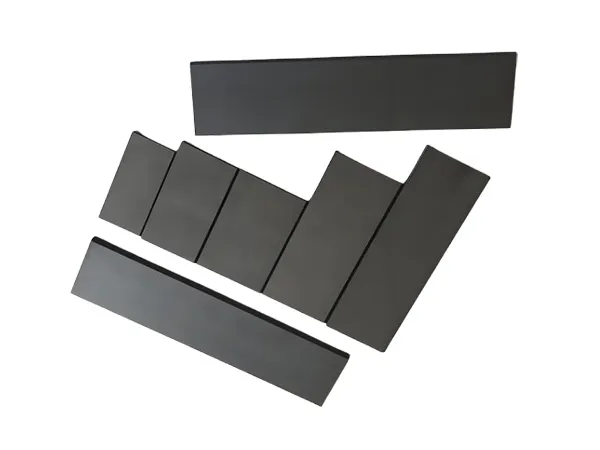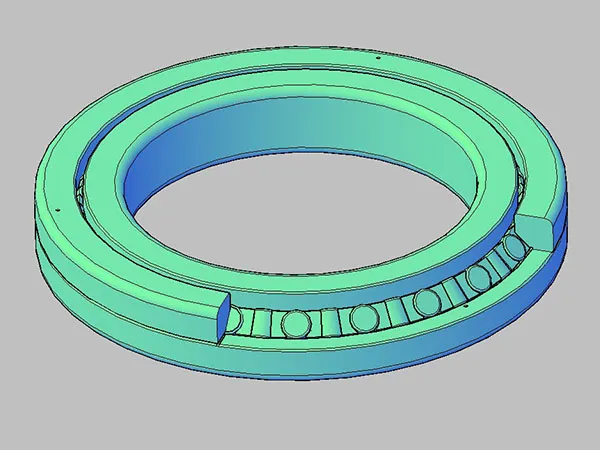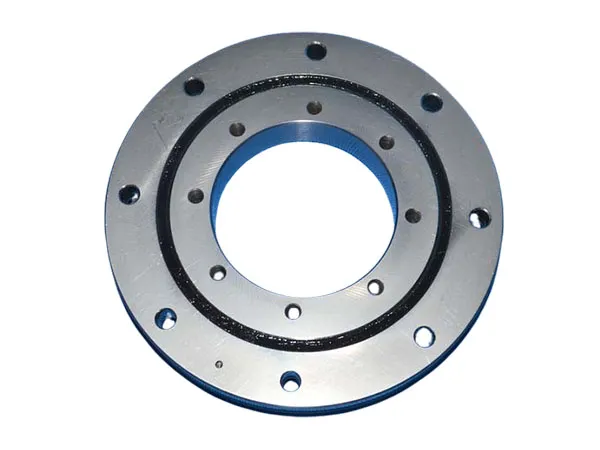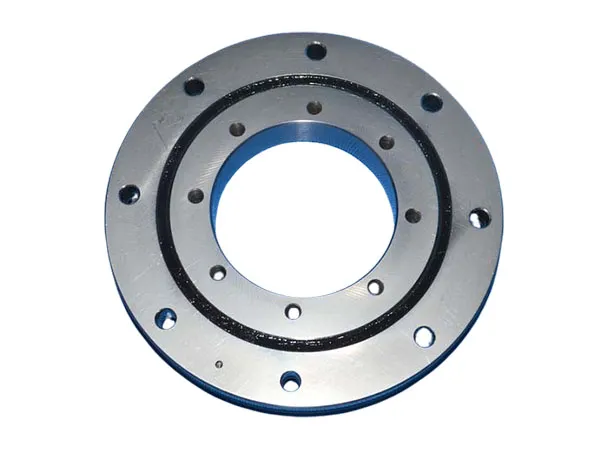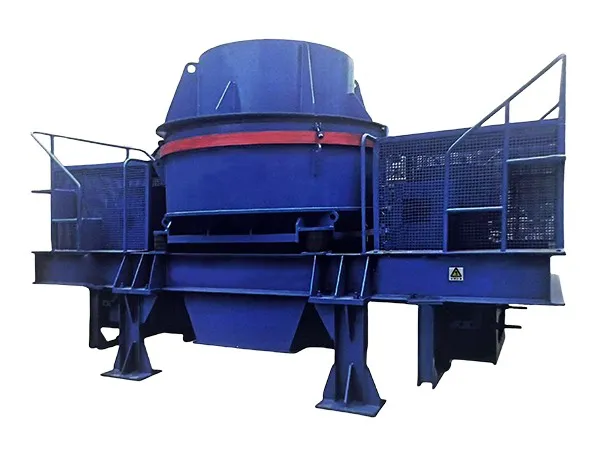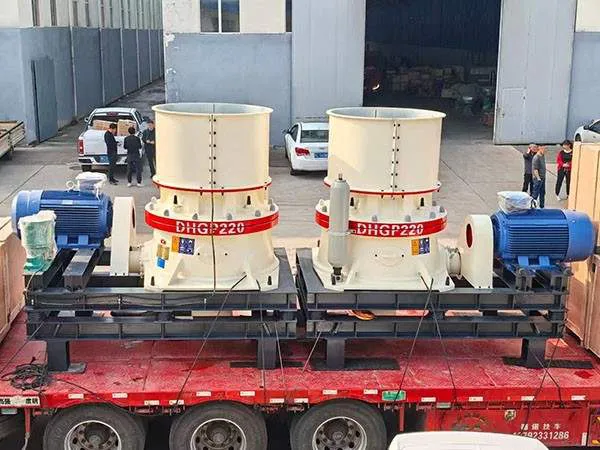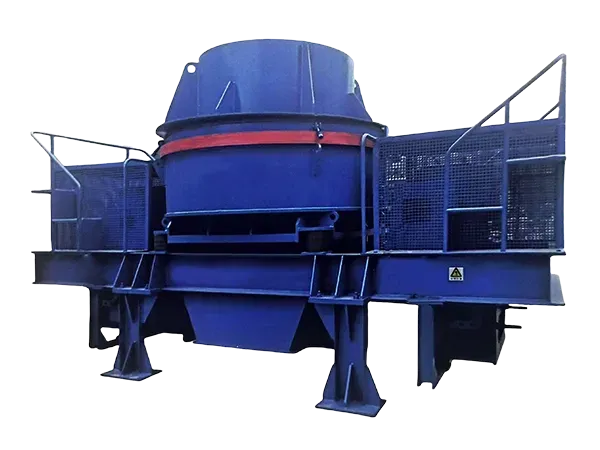Graphite is no longer just a raw material—it’s the backbone of modern industries, from high-performance batteries to industrial lubricants. But choosing the right graphite isn’t always straightforward.
Should you go with cost-effective natural graphite, or invest in high-purity synthetic graphite for unmatched performance? Making the wrong choice can impact efficiency, durability, and costs. Understanding the differences gives your business a competitive edge.
In this guide, we break down everything you need to know about natural vs synthetic graphite, from key characteristics to real-world applications, so you can make an informed choice for your projects.
What Is Natural Graphite?

Natural graphite is extracted directly from mineral deposits and formed over millions of years under high pressure and temperature. Depending on its structure, it can be processed into flake graphite, vein graphite, or amorphous graphite.
Why Companies Choose Natural Graphite:
Excellent electrical conductivity and high crystallinity
Superior lubrication and thermal stability
Cost-effective solution for large-scale industrial applications
Requires purification for high-end uses like battery anodes
Top Applications:
Refractory materials and heat-resistant components
…
For more detailed information on the differences between natural and synthetic graphite, please click here:https://www.czgraphite.com/a/news/natural-vs-synthetic-graphite.html

